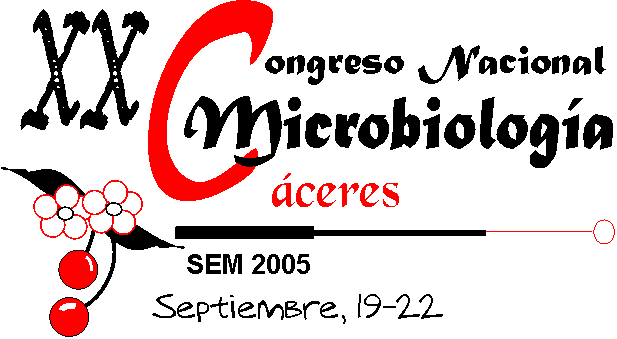
Mesa Redonda: Los protistas: microorganismos modelo en Biotecnología y Biomedicina
Acclimatisation capacity of activated sludge microfauna to ammonia nitrogen
Jaume Puigagut1, Humbert Salvadó2 and Joan García1
1Environmental Engineering Division, Department of Hydraulics, Coastal and Environmental Engineering, Technical University of Catalonia, c. Jordi Girona 1-3, Mòdul D-1, 08034 Barcelona, Spain. Tel.: 34 93 4016464, Fax: 34 93 4017357, e-mail: jaume.puigagut@upc.edu, joan.garcia@upc.edu
2Protozoology Laboratory, Department of Animal Biology, Faculty of Biology, University of Barcelona. Av. Diagonal 645, 08028 Barcelona, Spain. e-mail: hsalvado@ub.edu
The response of activated sludge microfauna in terms of abundance and diversity has been analysed to evaluate both the toxic effect of ammonia nitrogen (ammonia-N) and the acclimatisation capacity of these microorganisms to its toxicity. The harmful effect of ammonia-N was studied by means of two toxicological tests. The ammonia-N concentrations tested were: 9, 20, 30 and 50 mg NH4+/l in the first toxicological test and 30, 40, 50 and 80 mg NH4+/l in the second. The results suggest that ammonia-N causes a clear but reversible toxic effect on microfauna abundance when the ammonia concentrations are around three times higher than those that the microfauna has been submitted previously. Chilodonella uncinata and Acineria uncinata were the ciliates least affected by the ammonia nitrogen toxicity. On the other hand, and concerning the acclimatisation capacity of microfauna, the results evidences that the majority of microfauna groups analysed (gymnamoebae and ciliates) showed capability for acclimatisation to ammonia nitrogen in terms of abundance.
Keywords: ammonia nitrogen, toxicity, microfauna, ciliates, gymnamoebae, activated sludge.